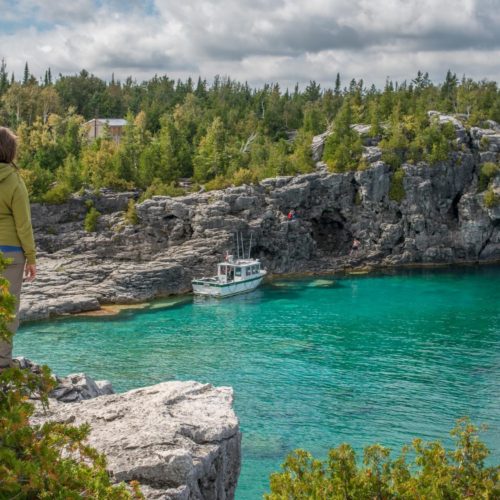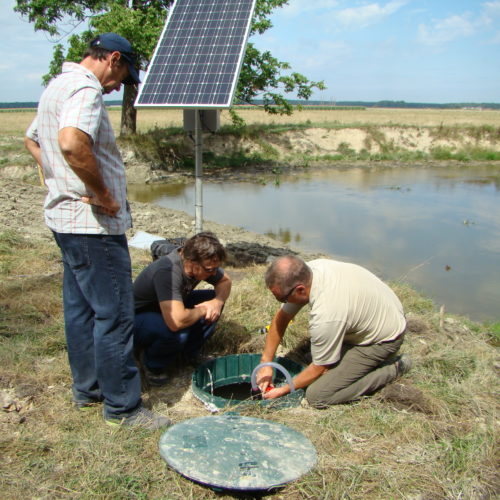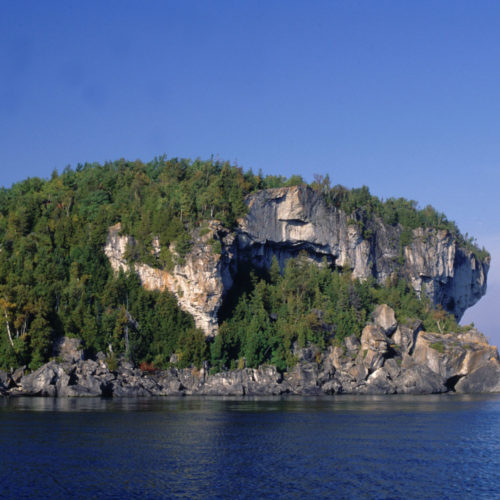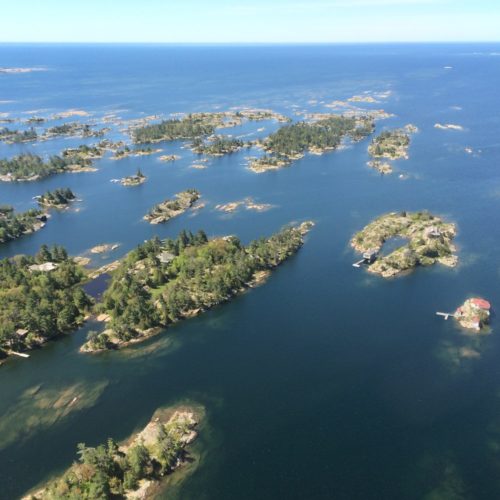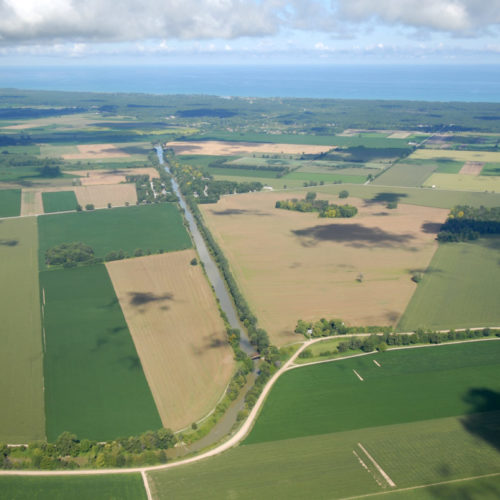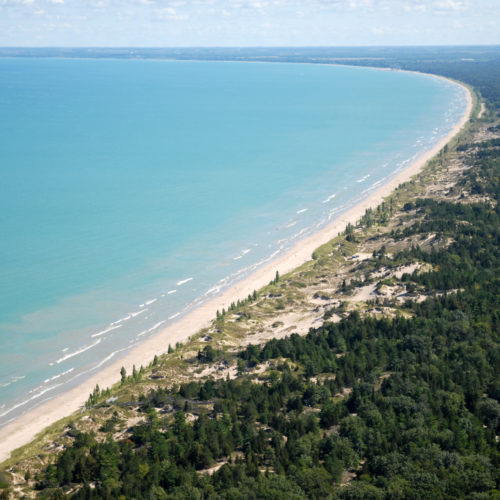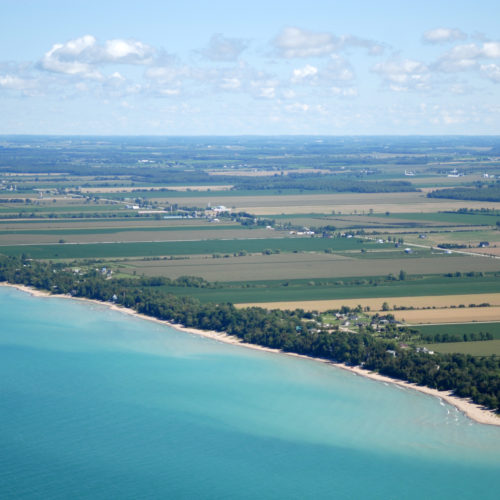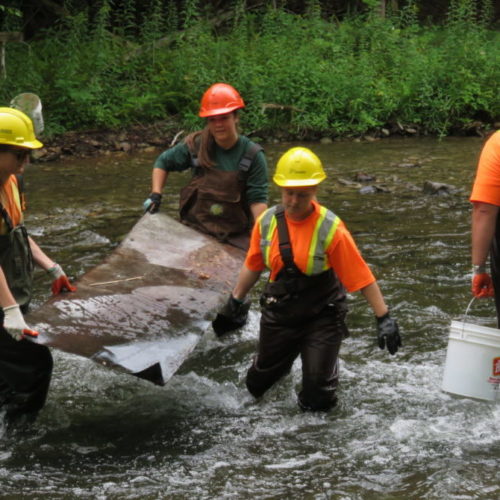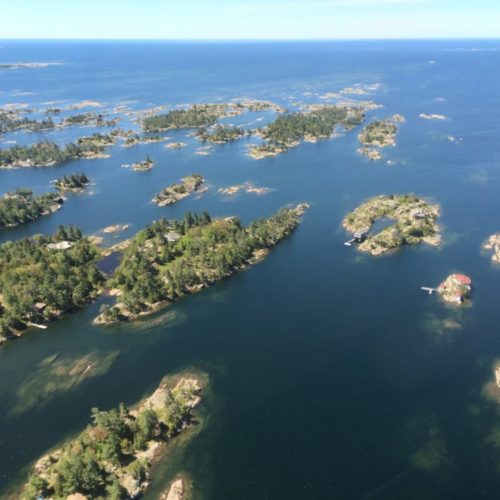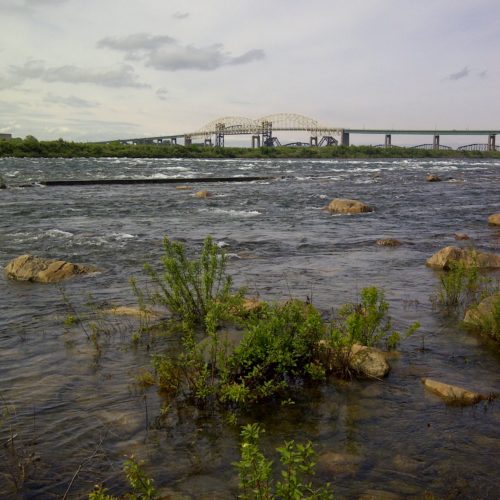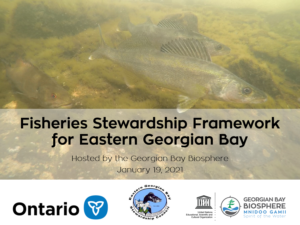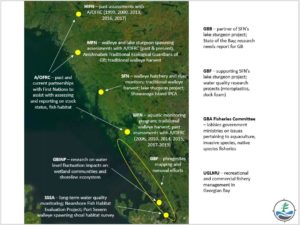The Georgian Bay Biosphere is working with partners along the eastern coast of Georgian Bay to explore the collaborative development of a fisheries stewardship framework (FSF). This is the second year of an ongoing project attempting to discern key needs, understand different roles, and where we can find ways of supporting each other in the variety of work we anticipate is needed for fisheries stewardship. To date, two very fruitful meetings have been held with First Nation, government agency, and NGO partners. A third meeting is scheduled for early 2022. A crucial part of this project is taking the necessary time to build relationships with partners along the coast. GBB continues to seek funding to support an Indigenous co-lead for the FSF process which would ensure that Indigenous peoples and knowledge are central to planning efforts. Support for the role would not only benefit the FSF process, it would also build regional capacity for conservation planning and implementation.
Nearest city or town: Parry Sound
Project start date: April 1, 2021
Project focus: Combination of Education, Restoration, and Monitoring
Project contact: Katrina Krievins
